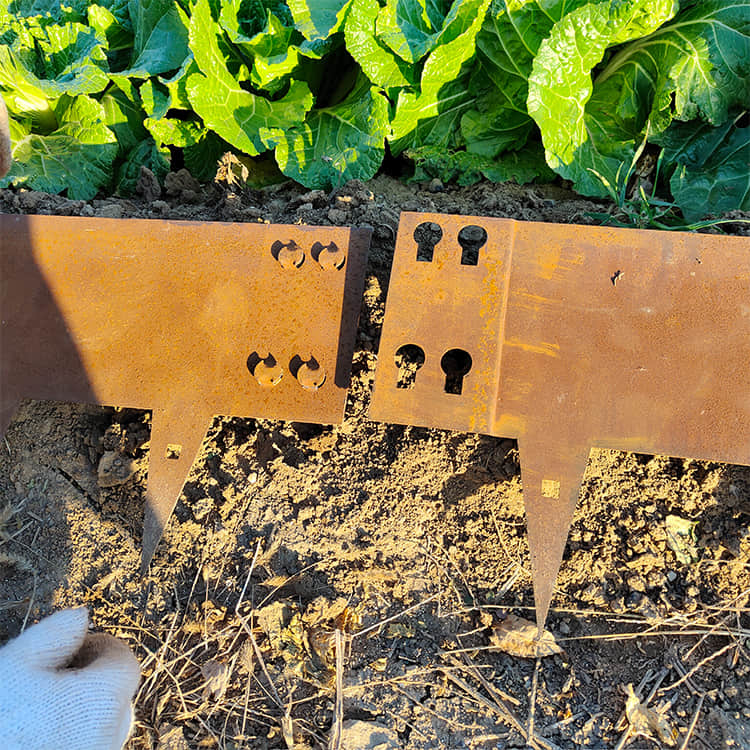[China Packaging Network News] Green packaging design is centered around the principle of environmental sustainability. It requires careful consideration of material usage, recyclability, and the overall impact on the environment throughout the product lifecycle. To develop a practical green packaging design, it's essential to follow a structured process that integrates environmental awareness into every stage of the design. This article explores four key aspects of the green packaging design process: structural design, functional optimization, lifecycle analysis, and evaluation criteria.
First, from a structural perspective, green packaging design aims to create a more efficient, functional, and aesthetically pleasing structure. At this stage, the core attributes of the product must be clearly defined, and environmental impact should be considered within that framework. Designers need to analyze both the functional and material structures of the product. In terms of functional structure:
1. Identify the form, weight, category, and transportation requirements of the packaged goods, and determine the structure and function of the product or its accessories.
2. Analyze the overall structure of the packaging and consider whether functions can be combined or if the number of components can be reduced. Is the material being used in the most efficient way?
3. Explore ways to reduce material use, minimize volume, and lower the weight of the packaging.
In terms of material structure:
1. Ensure that the properties of the packaging materials align with their intended use.
2. Evaluate the composition and separability of materials to enhance recyclability.
3. Reduce the variety of materials used in a single product to improve recycling efficiency.
Second, from a functional standpoint, green packaging design focuses on making the product more user-friendly while minimizing environmental impact. The design process involves analyzing the core functions of the product and assessing how efficiently they can be achieved with minimal resource consumption. Key steps include:
1. Define the functional value of the product quantitatively and identify the parameters that influence it.
2. List the objectives and measurement parameters for each specific function of the packaging.
3. Assess the material and energy consumption of each functional unit and determine if improvements can be made.
4. Compare new designs with existing products to optimize performance and sustainability.
Third, considering the lifecycle of the packaging is crucial. Green packaging design must account for resource consumption and environmental impact across all stages, from production to disposal. The process includes:
1. Establishing a life cycle framework for the packaging product.
2. Calculating the total material consumption and energy use during the raw material stage.
3. Evaluating energy use during transportation and usage, as well as the recycling rate of materials.
4. Estimating the amount of waste generated at the end of the product’s life.
Fourth, the evaluation of green packaging is an essential step. It involves assessing both the product components and ecological factors. Key evaluation areas include:
1. Product component assessment:
- Break down the packaging into independent parts and describe their manufacturing processes.
- Analyze the environmental and health impacts of each part during production.
- Use eco-friendly manufacturing techniques for parts that may cause pollution and replace hazardous elements with sustainable alternatives.
2. Ecological factor assessment:
- Environmental attribute indices, such as air, water, solid waste, and noise pollution levels.
- Resource attribute indices, including material, design, information, and human resource usage.
- Energy property indices, such as recycling efficiency and energy required for recycling.
These evaluation criteria are assessed against current environmental standards, industry regulations, and compared with existing products and technologies to ensure effectiveness and compliance.
By following these four key approaches, the green packaging design process becomes more comprehensive and standardized. China Packaging Network believes that by adhering to this structured approach, companies can successfully develop practical and sustainable packaging solutions. For more updates and insights, stay tuned to China Packaging Network!
Corten Steel Garden Edging
Landscape Corten Steel Garden Edging Landscape garden edging is a steel lawn edging which can securely anchor into the ground providing alean and even edge to your paths and flower beds. It's strong and looks very attractive.The main material for garden edging is corten steel can develop a rusty looking protective patina that looks very natural.Galvanized steel wiowder coating Is very beautifulle normal thickness is 2mm. The steel garden edging can be made flexible to allow virtually any shape to be easily formed.Edging your garden beds is an essential step that many people skip, which leads to a garden that looks unfinished and bare. Your plants might be blooming beautifully, but if the bed they are in looks unkept, it can ruin the entire look. Edging your garden takes a little extra dirty work, but it's worth it in the end. There are a variety of edging materials you can choose that range in price, installation difficulty, and durability. Here are a few of our go-tos.
|
Name
|
Landscape Corten Steel Garden Edging
|
|
Material
|
Corten steel
|
|
Size
|
1000mm long,2mm thick,200mm high or customized
|
|
Steel thickness
|
2mm
|
|
Packing
|
Pallet/carton/wooden box packing
|

Steel Garden Edging,Corten Edging,Garden Edging,Steel Garden Edging
Henan Jinbailai Industrial Co.,Ltd , https://www.gardensteelarts.com

